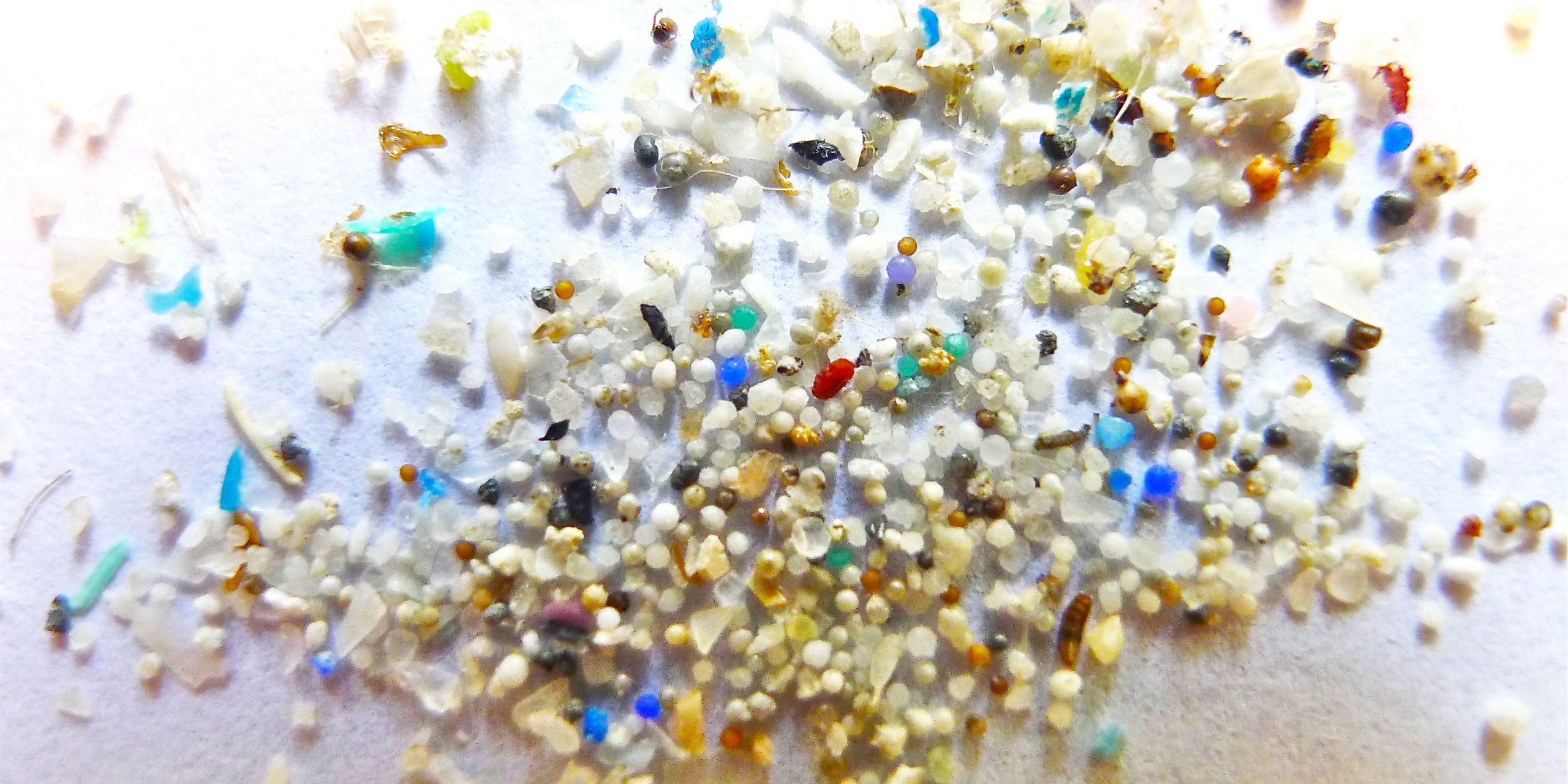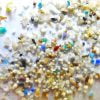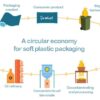What are Oxo-degradable Plastics and Why Aren’t They Used in Our Pouches?
Oxo-degradable plastics have garnered attention for their unique properties, but they come with significant environmental concerns. This article delves into the nature of these plastics and why their use can be problematic.
Understanding Oxo-degradable Plastics
While many have encountered oxo-degradable plastics—most notably in products like six-pack ring holders—it’s crucial to distinguish them from biodegradable or sustainable materials. Unlike biodegradable materials that decompose naturally, oxo-degradable plastics require specific conditions, including sufficient UV and heat, to break down. Despite these requirements, they find their way into various applications, including food packaging.
Environmental Impact
Oxo-degradable plastics, once deemed a solution, now present an environmental dilemma. When these plastics degrade, they leave behind micro-residues that can linger for an extended period. This slow degradation process involves the reaction of airborne molecules with large polymer molecules comprising carbon and hydrogen. These remnants, invisible to the naked eye, can be more persistent and harmful than other plastics, contributing to environmental pollution.
The Myth of Oxo-degradable Technology
In landfills, oxo-degradable plastics behave similarly to conventional plastics, despite their molecular differences. When subjected to UV light, these plastics might degrade, but the entire process can span decades. More concerning is their fragmentation: as they decompose, they break into minuscule pieces, impossible to collect, which then scatter throughout the environment. For items like plastic bags, this means their micro-residues could persist for centuries.
Misleading Labels
The marketplace sees its share of ambiguously labelled products. Some products wrongly claim to be “biodegradable” or “compostable,” confusing consumers. While oxo-degradable plastics eventually degrade, the process takes a substantially long time, leading to their ban in regions like Europe. True compostable plastics degrade rapidly without leaving harmful residues but must meet strict standards to earn the “compostable” label.
Concluding Thoughts
With technological strides, we’ve gained insights into the lifecycle of oxo-degradable plastics. Their prolonged degradation process and the micro-residues they leave behind make them less environmentally friendly than once believed. Europe’s ban on their use underscores the growing concerns. While many companies now pursue more sustainable packaging alternatives, researchers are also aiming to innovate better degradation methods for these plastics. Until then, caution in their use remains paramount.









